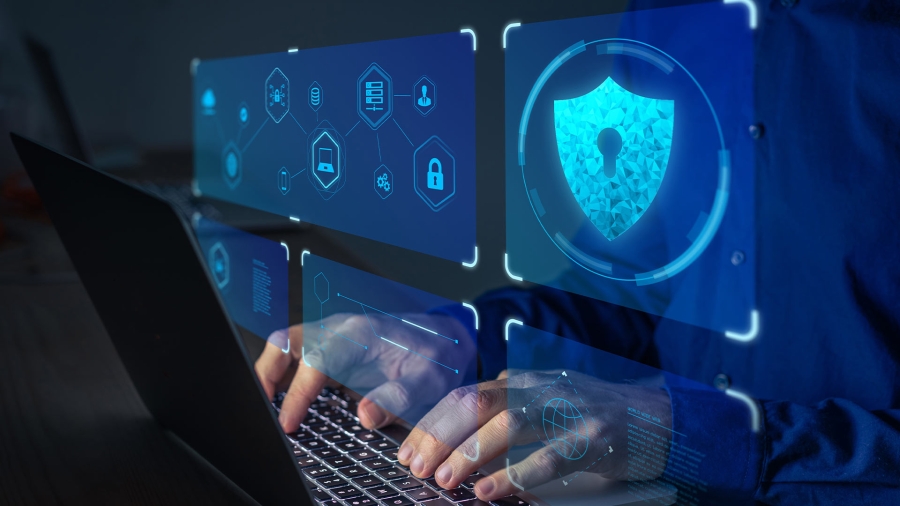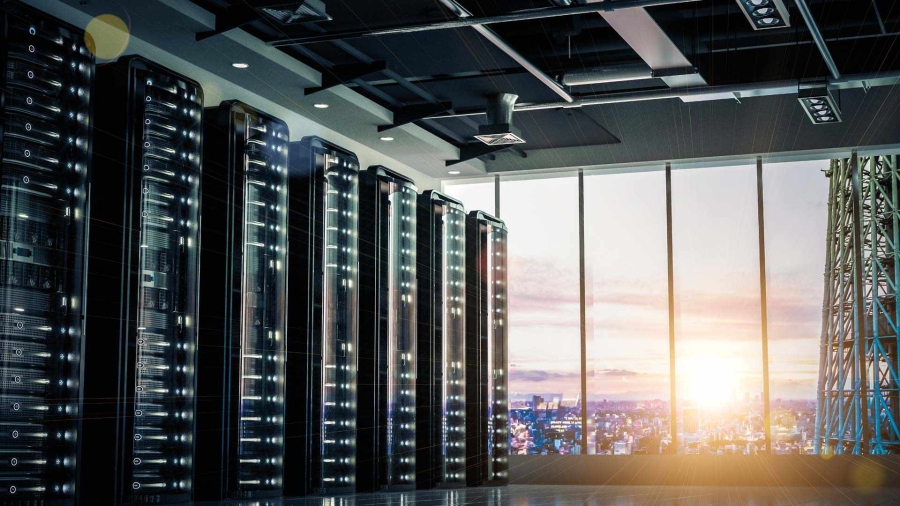Every day, new conveniences seem to rise out of nowhere that greatly simplify the way we work, learn and live. Remember the days when we had to fill out personal checks and put them in the mail to pay bills, when we had to go to a car dealership to purchase a car, or when we traveled to the office to have access to our work programs? All of these digital technologies are enabled by IT solutions. Today, we can pay bills, buy a car and work from anywhere using a phone, tablet, or a PC. These are the front-end interface devices powered by a massive network of IT solutions that do all of the work in the background.
But how do these IT solutions come together?
It takes an ecosystem
While IT solution providers want to do it all — independently design, deploy, manage and service complete IT solutions — it's simply not realistic. Solutions may be delivered in a way that's transparent to the customer, but it takes an ecosystem to accomplish it.
English botanist A.G. Tansley first used the term "ecosystem" in 1935 to describe a geographic area where plants, animals, and other organisms work jointly to orchestrate their living environment. The use of the term has evolved, and it is also used to describe working relationships outside of biology, including IT solutions. Several partners must come together in an IT solution ecosystem to deliver an application-ready solution for its lifecycle.
An IT solution consists of computing and storage hardware, operating and middleware software, and physical infrastructure and management software. These components not only need to be integrated, but they also need to be deployed, configured, initialized, and started up. Then, there is maintaining by patching, updating, managing, repairing, and, eventually, recycling. Sure, hyper-converged IT systems are available, but they can tend to be pricey. Also, a major disadvantage is that all of the components scale together so you cannot scale storage apart from compute or vice-versa.
For the most part, IT solutions are designed and deployed by an IT solution ecosystem. This is a network of organizations that works together for the creation, deployment, operation, and end-of-life of information technology solutions.
Main partners and their functions
This partner ecosystem working together covers all of the needed tasks, and each partner has specific responsibilities. However, there are no hard lines, and some capabilities overlap at times. Here are the main partners and their functions:
- Physical infrastructure vendors. They provide reliable power (UPS), cooling, IT racks, power distribution, environmental monitoring and security, and management software and services;
- IT equipment manufacturers. They provide IT hardware, including servers, storage, networking, racks, software operating systems, and various IT services. (Both physical vendors and IT equipment manufacturers provide digital configuration tools and solutions integrating the physical infrastructure with IT IE micro data centers);
- System integrators. They specialize in bringing together component subsystems into a whole and ensuring that those subsystems function together;
- Managed service providers. They handle the installation, management, and maintenance of the IT solution, often acting as the single point of contact for the IT and the physical infrastructure. Some are experts at deterring cyber threats as well.
Today's ecosystem collaborates to ensure the best methods for customer responsiveness and the partners with the right expertise work together to create customer experiences that win. As each partner type places emphasis on different areas, the result is providing a unique, high-impact, dependable solution to customers. This ecosystem is all about the end user and their satisfaction, ensuring they derive the highest possible level of value from their IT solutions.
Faster adoption of technology
Through an ecosystem, companies can implement new technology in ways that are too complicated or unmanageable to do on their own. When building an ecosystem, it's important to ensure all dependencies have been identified and mapped. Creating an ecosystem map is essential to establishing a strong ecosystem and maintaining a proper and efficient flow.
Companies in the ecosystem can increase their value and competitiveness by focusing on what's unique about their business and what's profitable at the same time. Building this network of partner companies is a strategic play, requiring each partner to clearly understand their own business and identify the best partners available in the market. There is exponential value in bringing together an ecosystem of partners that is greater than the sum of its parts.
This article first appeared on Forbes.













